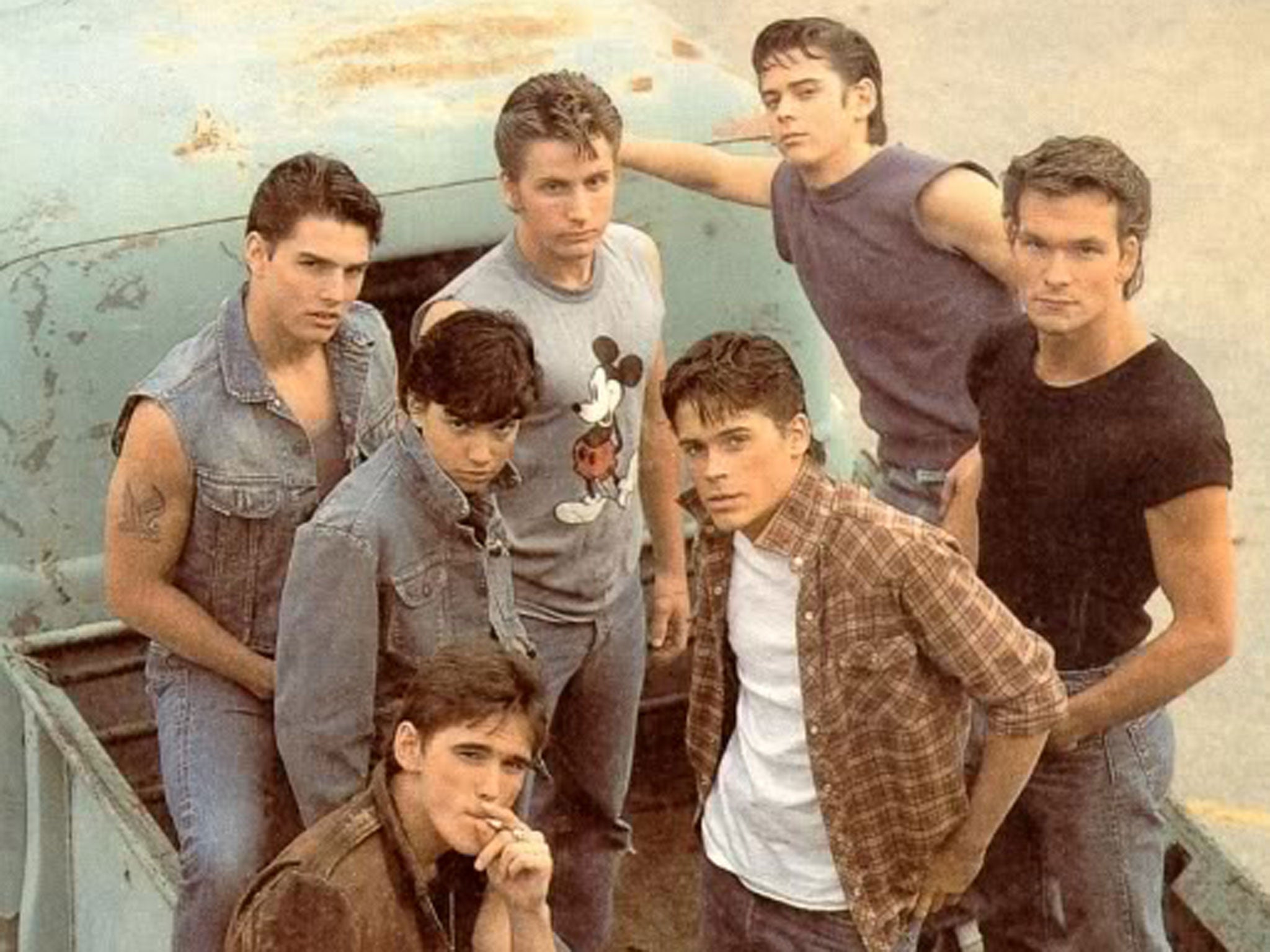Monday, September 30, 2019
Monday, September 23, 2019
Monday, September 16, 2019
Writing Dialogue by Julie Wright
Julie Wright gave some good advice on writing dialogue. There is so much great dialogue can do for a story. I sometimes forget the reader can't read my mind. We can't assume readers can read our character's minds either.
And what is the best writing mechanics to SHOW us more about who and what the characters are thinking/feeling/struggling with.
And what is the best writing mechanics to SHOW us more about who and what the characters are thinking/feeling/struggling with.
I'm just going to bullet point it all.
There's a great chapter in the book, SELF-EDITING FOR FICTION WRITERS by Renni Browne and Dave King.
Good dialogue should (must do at least ONE):
- Reveal character
- Set the tone
- Alter relationships (build up or tear down)
- Increase tension
- Move plot forward
Carefully:
- Don't info dump
- Use adverbs sparingly
- Don't need cussing
- Make your dialogue count
There is a different between real dialogue (which is SHOWNG) and narrated dialogue (which is TELLING).
There's a great chapter in the book, SELF-EDITING FOR FICTION WRITERS by Renni Browne and Dave King.
Now, go through your first five chapters and test out your dialogue. How is it? Showing? Telling? Does it reveal the character?
What book have you read that you loved the dialogue?
Monday, September 9, 2019
Must-Have Moments by Jen Nielsen
Jen also talked about everything in story and how to make scenes better (using OUTSIDERS as an example):
EVERY character in EVERY scene needs TWO definable goals:
EVERY scene has an arc that connects it to the previous scene. Even the opening scene connects to a previous scene the reader doesn't see.
1. Physical relationship of characters in the scene
⇨ Physical proximity matters!
2. Body language can mark the key points to the moment.
3. What has happened just prior to the key moment?
4. Can you define every emotional shift?
⇨ If you can, you're writing a great scene
5. At what point in each beat is the tension the most palpable?
6. Is there subtext that enhances the scene?
Story
1.
Inciting Incident
a.
Ponyboy heads home late
2.
Complication
a.
One wants something but the other will not or
cannot give it
b.
Both want something
c.
If one gets it, the other loses
d.
Darry is mad. If Pony gets his freedom, Darry
loses his control over brothers
3.
Crisis
a.
Sodapop intervenes; Darry slaps Pony, changing
the trijectory of the story
4.
Climax
a.
Pony runs away, gets jumped by rivals, Johnny
kills rival
5.
Consequence/Resolution
a.
Pony and Johnny rescue kids and become heroes, one dies
EVERY character in EVERY scene needs TWO definable goals:
- Physical goals (external)
- Emotional goals (internal)
EVERY scene has an arc that connects it to the previous scene. Even the opening scene connects to a previous scene the reader doesn't see.
1. Physical relationship of characters in the scene
⇨ Physical proximity matters!
2. Body language can mark the key points to the moment.
3. What has happened just prior to the key moment?
4. Can you define every emotional shift?
⇨ If you can, you're writing a great scene
5. At what point in each beat is the tension the most palpable?
6. Is there subtext that enhances the scene?
Monday, September 2, 2019
Subscribe to:
Posts (Atom)
-
Young Adult Giveaway Hop January 29th - February 4th Co-hosted by BookLove101 Welcome to my YA giveaway! I only have ONE req...
-
Today I want to talk about reading. I. Love. To. Read. I really do. This past week, while on a road trip, I read/finished four books. I enj...







